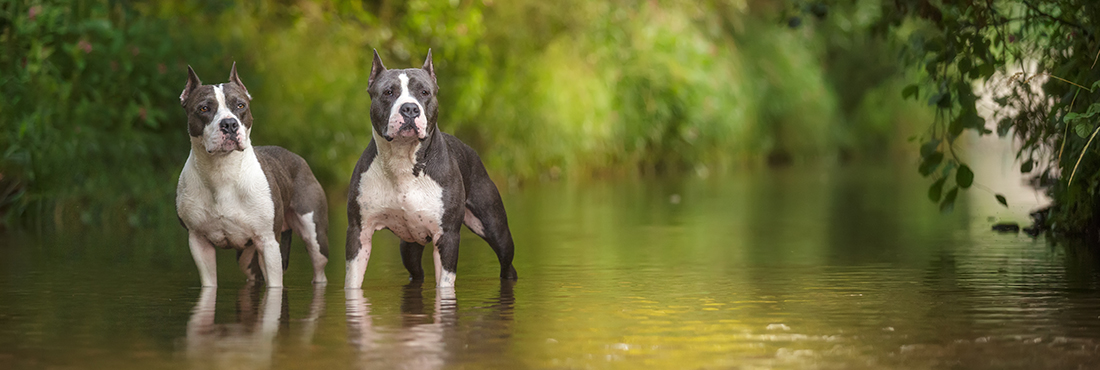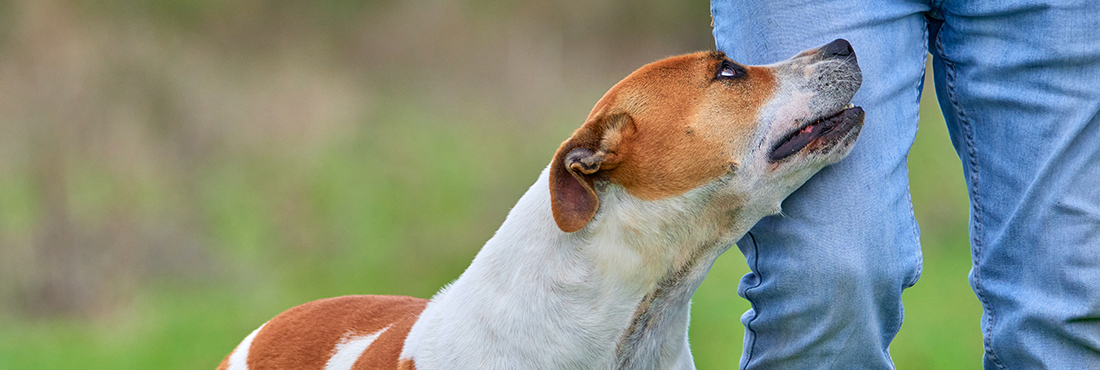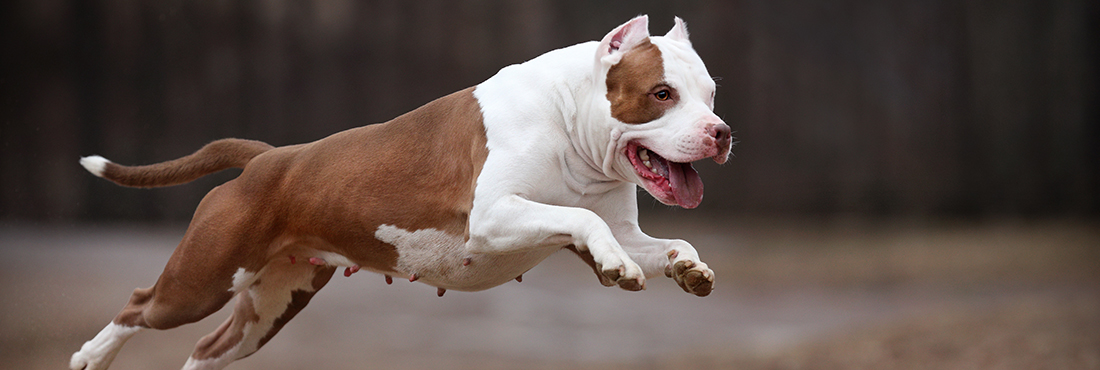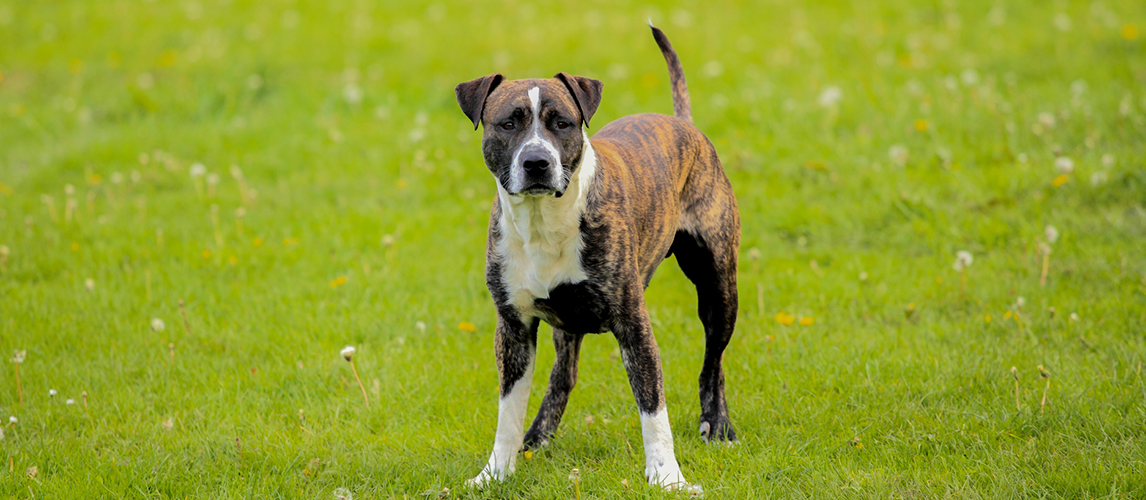No matter which dog breeds you have at home, you’ve likely noticed that some of your pups enjoy swimming while others prefer to stay away from the water and sit with you where it’s dry. A pup who avoids the swimming pool might not be bad at swimming, they may just not like water. Not all dogs enjoy getting wet – some of them downright hate it. When it comes to Pitbulls or Pit Bulls (both are acceptable spellings of the breed name), it’s best to observe your pet around water before taking them to the beach and making a choice.
In this guide, we’ll take an in-depth look at a Pit Bull’s attitude towards water and what you can do to make your dog happier around bodies of water like pools and the ocean.
Can Pitbulls Swim?
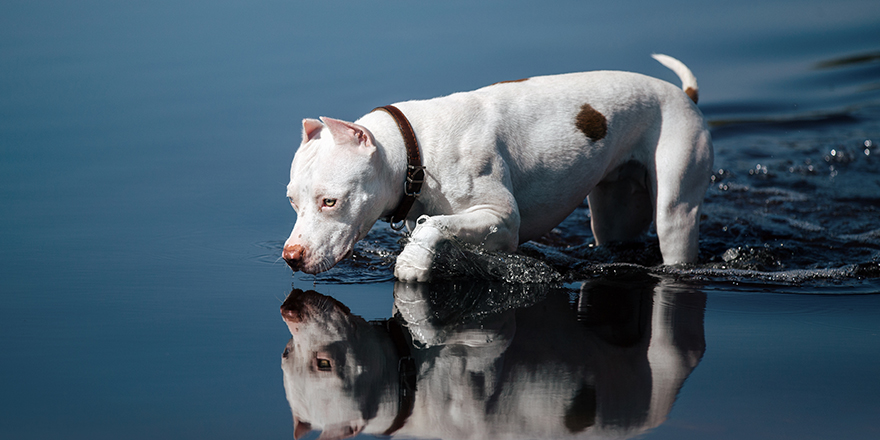
Provided they have been taught, Pitbulls can swim. Dogs have some innate swimming skills, which can help save their life if they can stay calm enough to stay afloat, but actual swimming lessons are the best way to ensure that your dog’s head stays above water when paddling around.
Even if you’ve owned other dogs who are natural swimmers, never assume that a pup is going to be able to swim when you introduce them to water. Instead, start with a small body of water – like a dog swimming pool – before taking that summer trip to the beach.
Do Pitbulls Like to Swim?
Once they’re happy and confident in the water, Pitbulls will enjoy swimming just as much as any other dog. Your pup will pick up on your emotions when you’re teaching them to swim or overseeing them in the water, so it’s important to stay calm while watching your dog. The more you enjoy the activity, the more your dog will enjoy it.
Pitbulls can be extremely good swimmers after they gain some confidence around water, and they will come to absolutely love spending time swimming around.
Do Pitbulls Like Water?
Pitbulls love water just as much as any other dog! What matters is how confident they feel around water. If your pup has any past water-related trauma, you’ll find that they won’t enjoy being near it. This will include baths, which are a good way to figure out how your dog feels about being wet before you invest in any pools or take them with you to the beach.
A scared dog will make it extremely difficult to enjoy a holiday. It would be best if you never forced a dog to face their fears without help from a professional dog trainer who deals with anxious dogs. For example, if you take your pup to a public beach and they get scared, anything could happen. Start bathing your dog if you’ve adopted an older pup that may have come from a negative environment.
Puppies are easier to handle in this case. They’re usually too young to have any trauma, so you can teach them to swim and tolerate large bodies of water without feeling scared. Then, again, start with a bath. A bath is easy to control – you can drain it quickly if you need to, and your dog can only run further into your house if they get spooked. This is much better than building up their confidence outside, where they might run off.
Caring for Your Pitbull After a Swimming Session
After any swimming session, it’s important to dry off your dog thoroughly. If you leave your dog’s ears wet, they might develop an infection, which will turn into a vet bill that could have been avoided by spending an extra minute or two rubbing a dog drying towel over your dog. If you believe your dog does have an infection, seek veterinary advice.
Be sure to dry every part of your dog – you can even use a hair dryer to ensure they’re as dry as possible.
If you’re currently training your dog to swim, offer them treats after their swimming lesson. Dogs react best to positive associations, so doggy treats post-lesson will ensure that they associate their swimming lessons with something good. A little bit of bribery goes a long way with dogs! Remember not to feed them too many treats, though, as tempting as it may be to offer them a handful for a job well done.
If you have one to hand, you could use a doggy treat toy. Not only will your dog get some extra playtime and mental stimulation, but it will also keep them busy while you clean up from their swimming session.
Bathing Your Pitbull
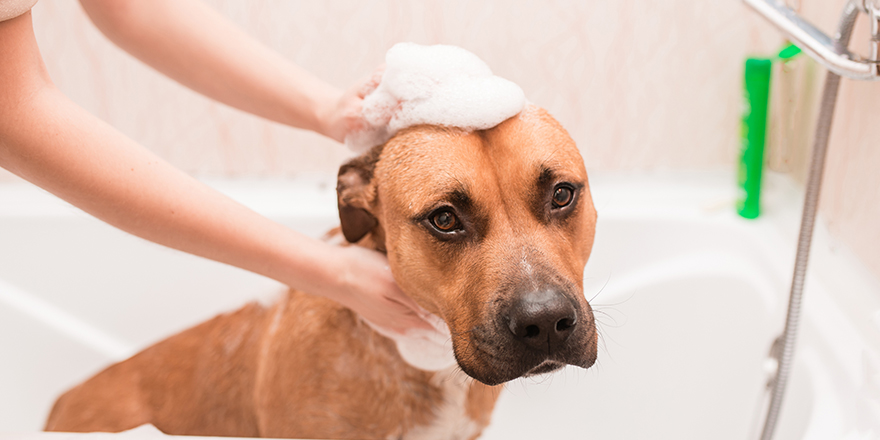
Giving your Pitbull their first bath doesn’t have to be a stressful situation. Before putting them in a low level of water, relax your dog by scratching them behind their ears, rubbing your dog’s belly, and giving them a treat or two.
Continue to pet them while you lower them into the water. Make sure the water level is low – for puppies, it should only cover their legs, while older dogs can have it a little higher. Remember that this is your dog’s first bath with you (and it may be their first bath in general!), be gentle with them and remain calm.
Your Pit Bull Terrier will appreciate being petted during their bath. If possible, ask another family member to help you bathe your dog so that you can focus on washing them while they keep them calm.
Keeping the bathroom door shut will help you avoid any excessive clean-up if your dog makes a break for it during their bath. The last thing you want to do is chase your dog around while they’re dripping wet.
Does your dog like listening to music? Try playing it out loud in the bathroom while bathing them and offer them a couple of bath-safe dog toys to play with.
Choosing the Right Shampoo
Though a generic dog shampoo from the pet store will do the job, if you want to care for your Pitbull’s skin and coat properly, there are better dog shampoo choices.
You’re unlikely to find a specific breed shampoo for Pitbulls. Still, there are undoubtedly veterinary standard dog shampoos and natural dog shampoos that may work better for your pup than drugstore brands.
Look for PH-balanced formulas, soap-free, good for sensitive skin, and ingredients that will help soothe and moisturize your pup.
How to Teach Your Pitbull to Swim
It’s time to get your dog’s feet wet and teach them how to swim!
Start in shallow water. Pitbulls have heavy muscle mass, and not all are naturally good swimmers. You’ll need to work with your pup from a young age to help build their confidence in the water. The more confident your dog is in the water, the safer they’ll feel, which means you’ll be able to take them to the beach and let them swim around in their life vest while overseeing their playtime.
When teaching dogs to swim, it doesn’t matter what breed they are. Always start in a bathtub or a small child’s paddling pool. Build their confidence by adding water a little at a time until there’s enough for them to float in. This may take several sessions.
Once comfortable, try a larger pool or take a trip to a local river where the water isn’t deep or fast. After that, you can try hitting the beach with your pup.
Everything You Need to Know About Pit Bull Swimming Activities
There are plenty of bodies of water that your Pitbull can swim in, so it’s important to have the correct equipment at home and when you’re on the go.
Between hiking near rivers and lakes and road trips to the beach, your pup needs more than a collapsible bowl and a sealed bottle of water when they’re out and about.
Choosing a Life Jacket
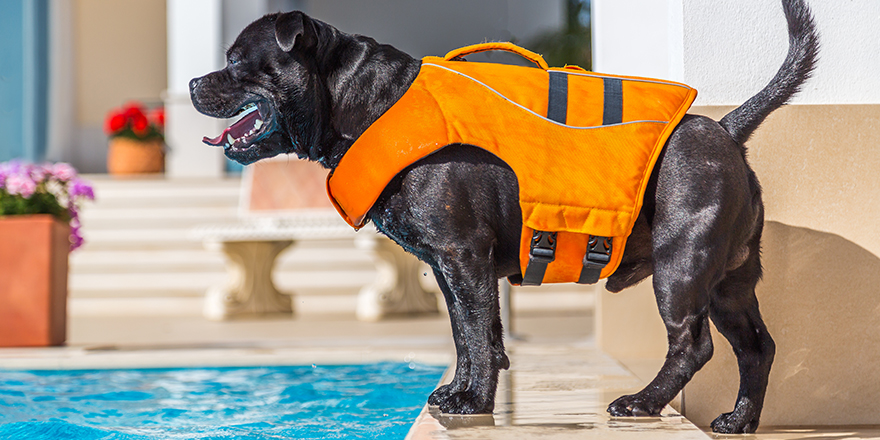
When selecting a life vest or life jacket for your dog, you must choose one that is an appropriate size for your dog. For example, a Pit Bull is a smaller dog breed, so your need to use each dog’s measurements to find the best life jacket or vest for them.
Next, look at the features. A handle on the back is perfect for swimming vests, but you also want an attachment for your leash on the vest. Some vests come with leashes, but dog owners often prefer leashes at home. You should also consider cooling features, the fabric used, and any additional items that come with the vest.
Buying a Dog Pool for Your Porch
If you have a porch or a little area in your garden that’s big enough for a small dog pool, consider buying one when teaching your dog how to swim and be more confident in the water. A small dog pool is the perfect step up from a bathtub (or an alternative if you don’t own a bathtub).
Be sure to measure out the footprint of the doggy pool you’re interested in within the space you have for it. The last thing you want to do is buy a pool, start putting it together, and then realize that it doesn’t fit on your porch.
Finding the Best Dog Floats for Your Pool
Like any online shopping you do for your pup, it’s important to shop around before buying anything. Sites like Chewy and Amazon are great for buying accessories like dog floats. You’ll be able to compare multiple items, check prices and reviews, and find the items you want that have the best features.
For dog floats, check weight limits first. Whether you have an American Pit Bull Terrier or another Pitbull breed, the float needs to be able to support your puppy.
What to Take with You on a Trip
- Sealed bottles of water. Cars can get incredibly hot, but the water that’s too cold can be worse for your dog. Have a cooler that can protect the water from your vehicle’s heat.
- Collapsible dog water bowl. Made of plastic instead of metal, which will heat in the sun. Add fresh water and keep the water and bowl on your person when walking around with your dog.
- A life vest or harness. For beaches, you’ll want a quality dog life vest or jacket with a handle. For hiking, purchase a harness jacket with pockets to clip your dog’s supplies and keep them cool during the walk.
Looking After Your Pit Bull While They’re Swimming
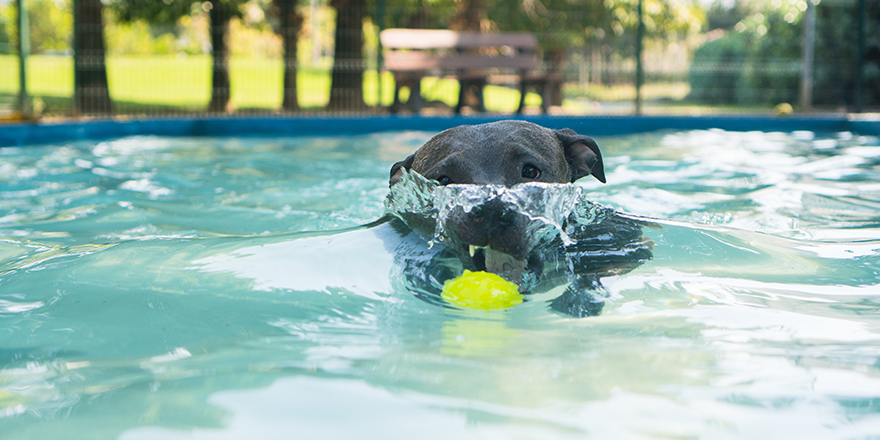
- Breathing. Pit Bulls are brachycephalic dogs, which means they are dogs with short skulls and short snouts that often have breathing issues because of their facial structure. The structure of their snout can restrict their oxygen flow, causing issues if your dog becomes ill or overexerts themselves. Be sure to watch your dog constantly while swimming and restrict the time they exercise in the water.
- Watch. Never take your eyes off your dog when they’re in the water. It takes seconds for something to go wrong. They shouldn’t be more than a few steps away if you aren’t watching them.
- Use a life jacket with a handle. Despite the heavy muscle mass of the Pit Bull, they are a compact breed that can be lifted out of the water quickly in an emergency.
- Hydrate. Cool water is best for your dog, not cold water. Avoid ice water entirely when it’s clear your pup is struggling. If you don’t have anything suitable, check into a local restaurant or café and ask for tap water.
Frequently Asked Questions
One of the best swimmers is the Poodle. You may not believe it, but their name actually comes from the German word Pudeln, which means "to splash". They're active swimmers and have perfect body structures for the activity. Other great swimmers are Newfoundland dogs, Labrador Retrievers, English Setters, and the Irish Water Spaniel.
If you want a Pit Bull who has the physical traits of a natural swimmer, you're out of luck. Pit Bulls are not dogs built to be swimmers. From their short legs to their genetic breathing issues that come from the shorter snout on their face, they're better suited for the role of a guard or lap dog.

